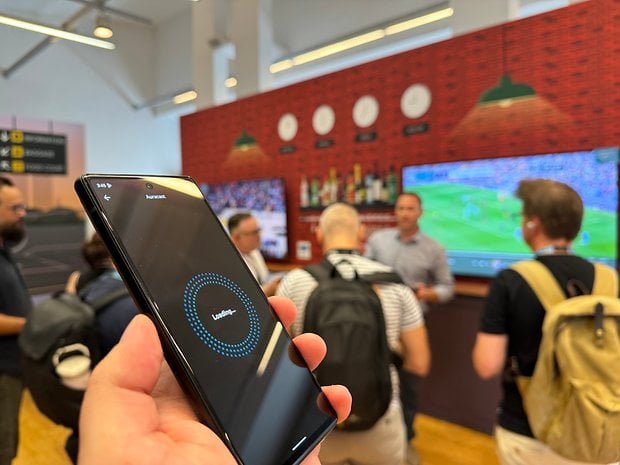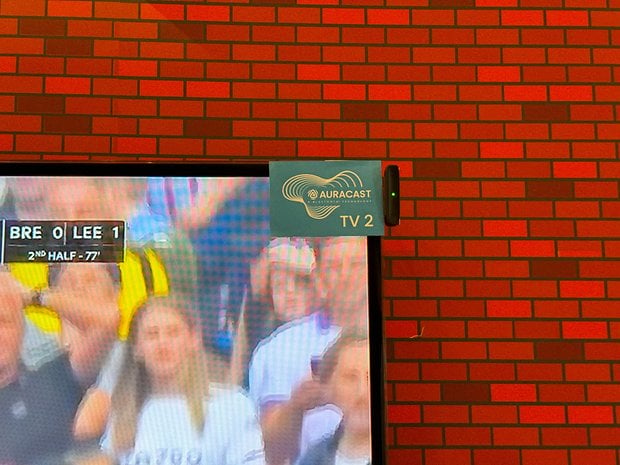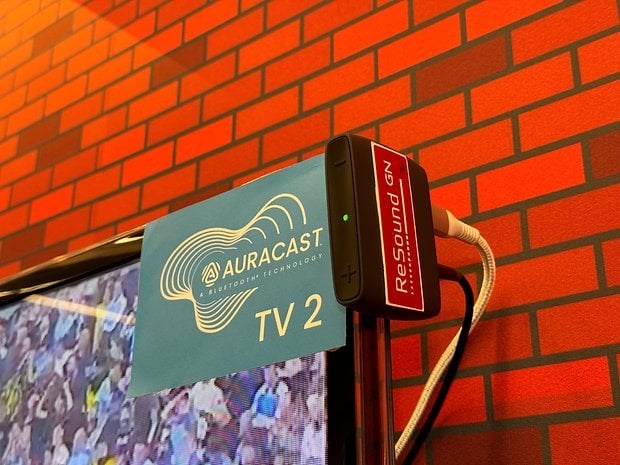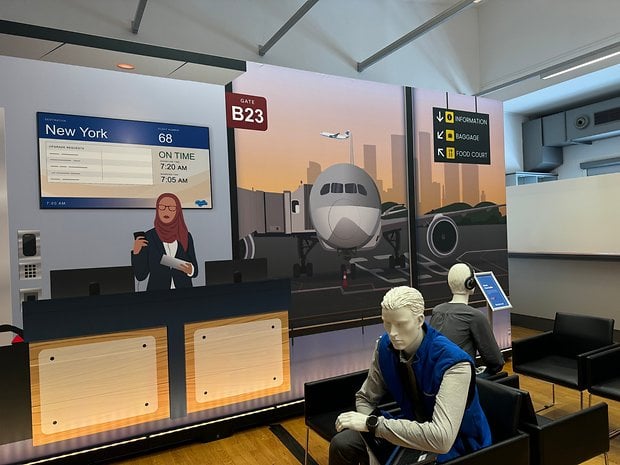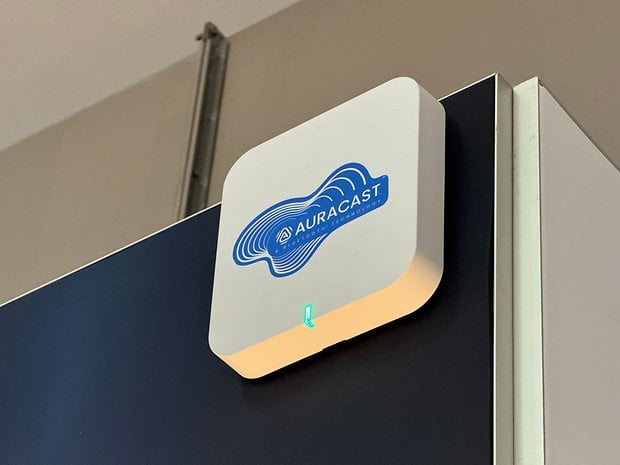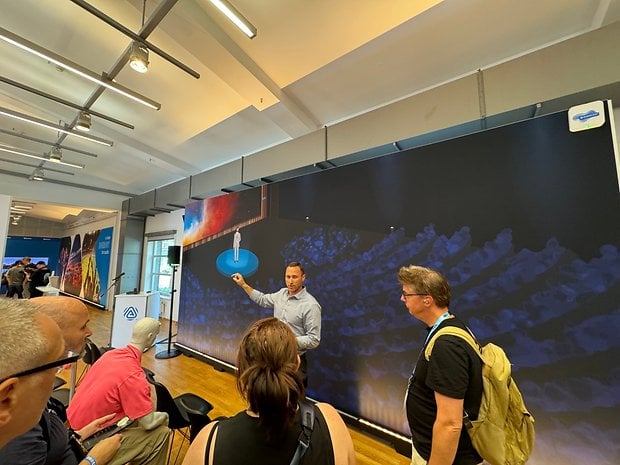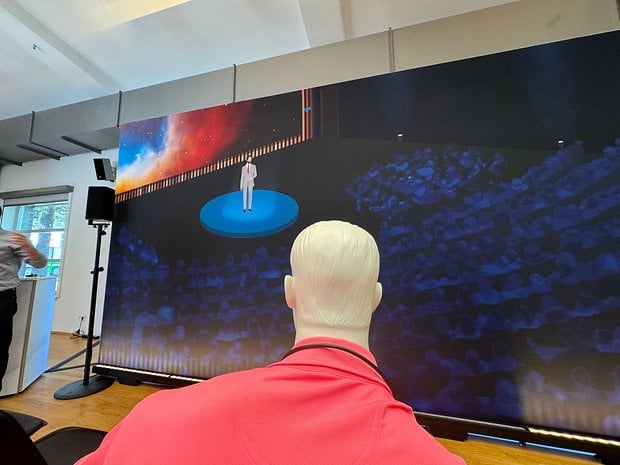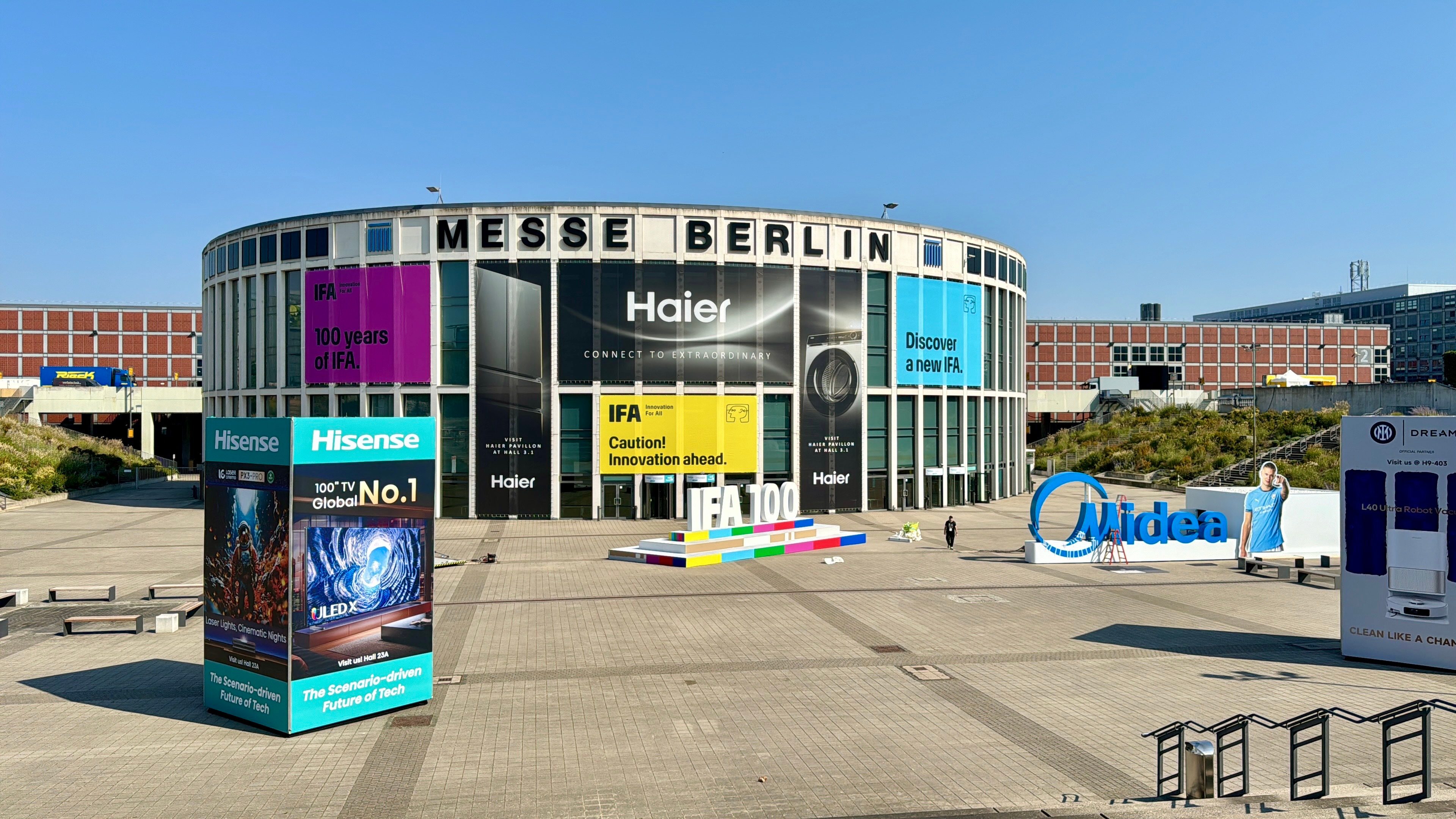
Tech fairs like IFA and MWC don’t pique the interest of many people these days. That’s not such a bad thing but it’s a shame because this is something that could easily be avoided. Why has the public’s interest in these events waned, which has become far too B2B-focused? Basically, the tech and consumer electronics media industries are missing a gigantic opportunity to create a meeting place and, above all, to generate content. Actual content that connects with people.
I hate articles about tech shows written by journalists for journalists. “Why isn’t IFA or MWC the same as it used to be?” Blah, blah, blah, they rant on. Don’t worry, I’m not going to talk about that in this post. During the three days I spent sweating in the halls of IFA 2024 in Berlin, I was terribly frustrated.
“What am I doing here?” was one question I often asked myself, including “What am I doing here that adds more value than if I weren’t here?” This question obsessed me throughout the show. My job at IFA is to wander from stand to stand, checking out interesting products, and reveling about them to you in articles.
These days, talking isn’t good enough. You don’t need me, an unknown journalist with no reputation whatsoever, to tell you that such and such a product exists. You have so many sources of information and news, it’s not enough to just talk about something. You have to show it. Like the adage, “Don’t tell me. Show me.”
Whenever I write a hands-on experience or a review, I always think about what I can show you. The idea is to let you live out my experience vicariously, as if you were there. No one cares about my feelings or opinions if I don’t back them up with concrete examples. A video, a photo, in short, is far more meaningful than five poor paragraphs of text I could write.
Blame the Manufacturers!
There were at least three articles about my time at IFA that I didn’t write. That’s mainly because I couldn’t see how these articles would benefit you. I could have simply cut and pasted a press release to achieve the same result. All too often, I get the feeling that manufacturers are totally satisfied with the existing state of affairs.
Their primary interest is selling products. To sell them to you. And to sell these products, you have to talk about them. Whether I talk about it in a 300-word news item with no pictures, nothing whatsoever, or in a lengthy 2,000 word review with graphs, tables, image galleries, screenshots, and videos, the manufacturer doesn’t care.
That’s the problem. Too frequently, I would review a product or technology, but I had no way of properly transcribing my experience. Manufacturers and their communications teams don’t give enough thought to how content creators can create… content.
If I were to tell you about the session during which I was able to try out Auracast technology with wireless headphones, you’d close the article after 10 seconds of reading. You’d be right in doing so. I wandered around a room for 15 minutes following a manager. It was very cool. My headphones could connect to several audio streams intuitively.
We even had little scenes in the hands-on. An airport scene where, as I approached a ticket counter, I could hear announcements about my flight in my headphones. It was all very intriguing, at least, for me.
At no point did I have the opportunity to record what I was hearing. I tried filming, but it didn’t do much good. I asked my press contact if he had any visual/video resources to enhance my article. Nada. It’s such a shame, really. The experience was really interesting. However, would a simple written report have aroused the same interest in you? I doubt it.
I realize that not everyone can have a 22,000m2 space at IFA like Samsung. However, allowing journalists to touch the product, play with it, take nice photos and make videos doesn’t cost much.
It’s the Journalists’ Fault
It would also be cowardly not to shoulder any of the responsibility here. I’m a content creator. If the content isn’t good, it’s my fault.
I think it’s a problem linked to the vision we have of our profession. I’m a journalist, but then again, anyone can also be a journalist. Anyone can do what I do. The only real difference between you and me is that I don’t have to buy the products I review, and I have access to events that you don’t.
Even that distinction tends to get blurred these days with the rise of influencers who are their own platform. We have to stop imagining ourselves perched in our ivory tower. The mere fact that I had access to the IFA two days before you, the public, and that I’m talking about what I saw there, is no longer enough.
That’s not content which attracts attention. My words don’t have enough added value. I can’t just tell you things. I have to bring them to life. To show you what a product looks like. How it works.
I think the media needs to change the way it perceives, and therefore treats, events like IFA.
In a previous article on Gamescom, my colleague Dustin defended his thoughts from a very interesting angle. According to him, Gamescom isn’t about discovering new games or getting the latest gaming news. It’s a community show where video game fans can meet up and share their passion.
While you might say IFA is a B2B event, a meeting place for professionals, for making contacts, and so on, this means you’ve got to stop treating IFA as this big event for tech fans! If the IFA is just a networking event for tech professionals, there’s no point talking to you about it.
What’s your opinion on this? Did you follow IFA 2024 on nextpit or elsewhere? Do you agree with my self-criticism of my content? Do you have any suggestions for making media coverage of such events more exciting?

